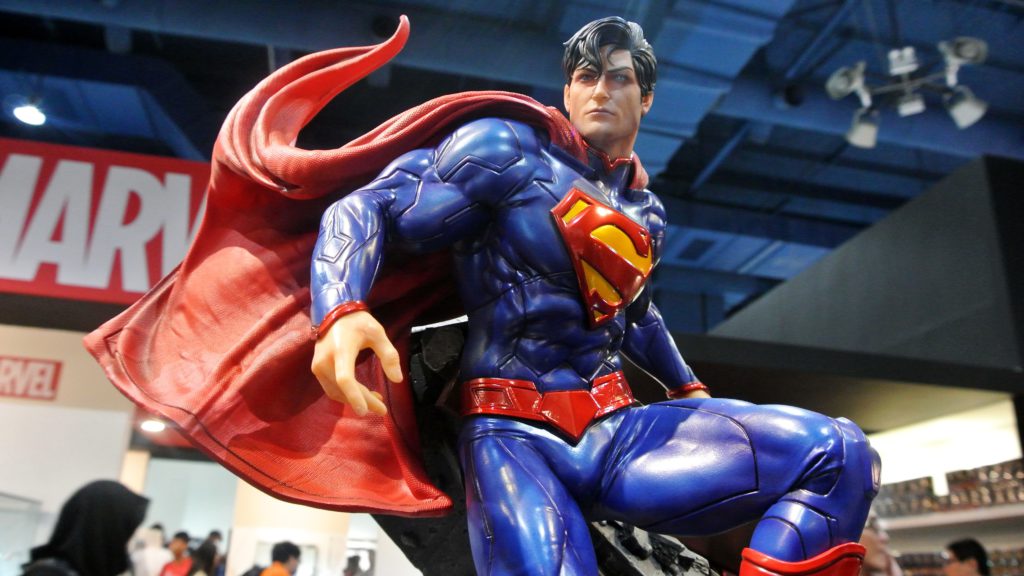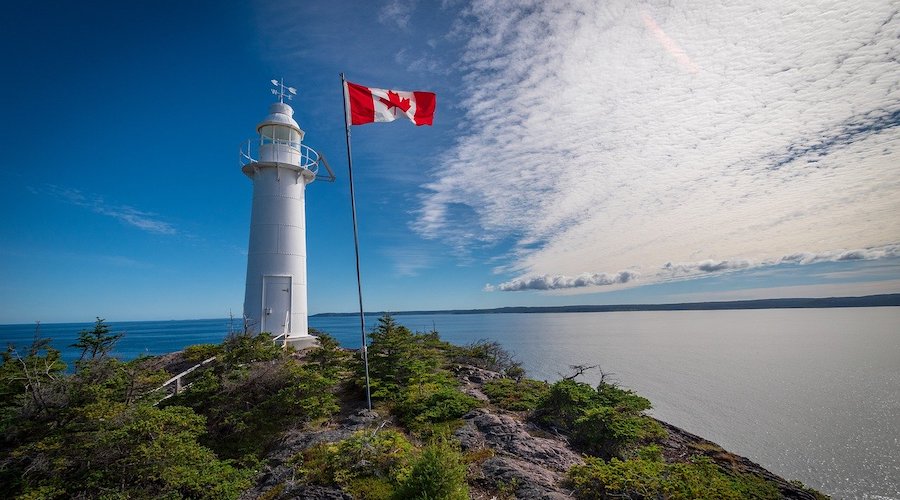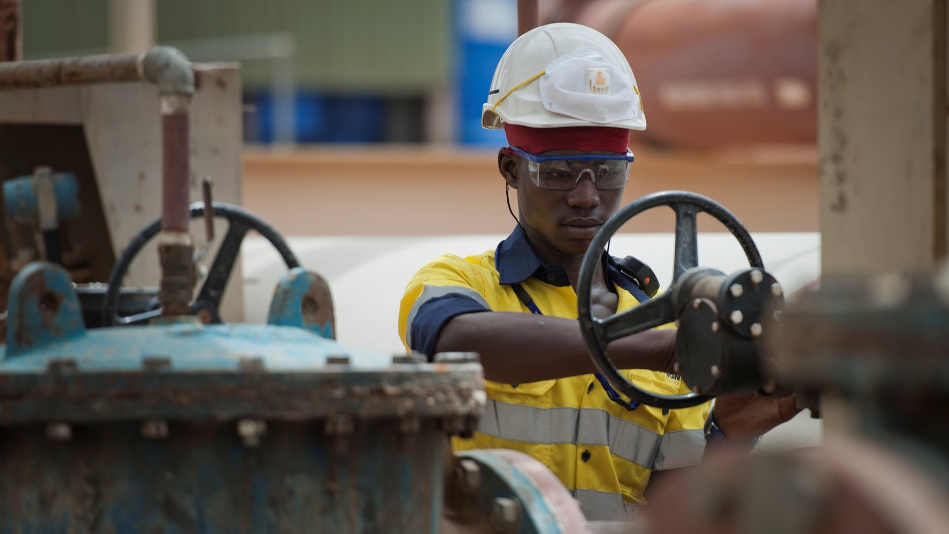Home: Rio’s lithium project will test mining’s ESG credentials

(The opinions expressed here are those of the author, Andy Home, a columnist for Reuters.)
Rio Tinto’s decision to invest $2.4 billion in developing the Jadar lithium mine in Serbia is big news.
For the company with its heavy exposure to the iron ore sector, it’s a major strategic pivot to the fast-evolving battery metals space.
For the lithium market, it marks the first entry of a big international mining company into what is a supply landscape dominated by specialty incumbents.
It’s hugely significant for Serbia, which is trying to attract investment to its mining sector, and it’s hugely important for the European Union, which has identified its Balkan neighbor as a key link in its mineral securities chain.
It’s even a big geological first. The lithium will be derived from a completely new mineral.
But the Jadar project will also be a big test of big mining’s green credentials. An online petition against the mine has already garnered over 120,000 signatures, according to Balkan Green Energy News. Serbia’s president, Aleksandar Vucic, has mooted the option of a referendum on whether it should go ahead.
There’s been a lot of talk about green, sustainable mining. Rio is now going to have to convince a lot of local sceptics that it’s not just talk.
Kryptonite
It’s not often that geologists find a completely new mineral in high concentrations but that’s what Rio Tinto’s team did in Serbia’s Jadar valley in 2004.
They were looking for borates and instead found sodium-lithium-boron-silicate-hydroxide, or kryptonite for short.
The formula for the fictional metal in the Superman series is the closest match to the lithium-boron chemistry of the Serbian find, a weird coincidence that occasioned a lot of media coverage when the new mineral was officially recognised in 2007.
Rio is promising to build Jadar to “the highest environmental standards”
Sadly for Superman fans everywhere, the International Mineralogical Association went for “jadarite” after the location of the find.
Rio doesn’t seem to have known what to do with its superhero find until the market for lithium, a previously specialty chemicals business, was transformed by the metal’s use in electric vehicle (EV) batteries.
The Jadar kryptonite will generate 58,000 tonnes per year of lithium carbonate once at full production in 2029, enough to supply over one million electric vehicles, according to Rio.
It will also produce three times as much borates, an important mineral input for both wind turbines and solar panels.
However, the real significance of this new mineral pathway to producing lithium – currently split between brine evaporation and hard-rock spodumene – is the tantalising possibility of other major jadarite finds.
Plugging the gap
The lithium market needs Jadar.
Low prices over 2019 and 2020 have left producers ill-prepared for the sharp recovery in EV sales as the world emerges from lockdown.
Supply is now struggling to catch up with demand and lithium prices have been on the rise.
The global market should be broadly balanced this year but will shift into a deficit of around 12,000 tonnes next year, according to Will Adams, battery metals analyst at Fastmarkets, explaining that “the restart of idle capacity has not been as fast as we initially expected.”
That supply gap will only widen unless a lot of new projects are funded soon, according to Adams.
Benchmark Mineral Intelligence analysts agree, calculating the world could be short of 915,000 tonnes of lithium carbonate equivalent in 2029 even allowing for Rio hitting full production.
Related read: Rio Tinto’s lithium market entry likely only start of battery metals ambitions
However, Rio might well accelerate a phase-two expansion of the Jadar project, given “the strategy is usually more aggressive once proof of production is achieved and the product is accepted by battery and EV makers,”, according to Benchmark’s managing director Simon Moores.
And there is the distinct possibility that Rio might expand its battery metals footprint by snapping up smaller operators or that other top-league miners do so as they too pivot away from carbon products.
Green mining for a green metal
Before any of that happens, however, Rio has to get the approvals to mine, including an environmental impact sign-off, a process that will be open to public feedback.
Local environmental groups are already gearing up for battle and although Serbia has historically been a mine-friendly country, sustainability has risen rapidly up the agenda as it has everywhere else.
China’s Zijin Mining Corp was ordered to stop work on a shaft at a copper mine in April after nearby residents complained of noise. It was also ordered to complete a waste water treatment plant and stop polluting the River Pek, a tributary of the Danube.
Which is not exactly a helpful local news story for anyone planning a $2.4 billion mine and processing plant investment.
Rio is promising to build Jadar to “the highest environmental standards”.
There will be no wet tailings system with the associated risk of dam collapses. Rather, tailings will be dried and stacked, allowing the waste material to be progressively reclaimed with vegetation and soil and eliminating the need for a tailings dam.
“Water management will be state of the art with a dedicated facility resulting in approximately 70% of raw water coming from recycled sources or treated mine water,” according to Rio, which has already finalised 12 environmental studies and more than 23,000 biological, physical and chemical analyses of air and water.
“We recognise that in progressing this project, we must listen to and respect the views of all stakeholders,” the company said.
It’s going to have to do a lot of listening, judging by the rising petition count.
The European Union, will be monitoring progress closely.
The bloc has identified public resistance to new mining and metal projects as a major hurdle on the path to what it calls “strategic autonomy” in critical minerals.
It’s working on a new sustainable mining code but Jadar is already shaping up to be a high-profile clash between the need for more green metals and green resistance to more mining.
Rio comes to the fray with something of a tarnished reputation after the destruction of the Juukan Gorge aboriginal sites last year, an incident naturally highlighted by opponents of the Jadar project.
The company’s new chief executive Jakob Stausholm, appointed in December, has committed to “strengthening the company’s ESG credentials and rebuilding trust”.
It will need to show it can deliver on those environmental, social and governance pledges if its 2004 kryptonite find is to become the super-mine the lithium market needs.
(Editing by David Evans)
More News
{{ commodity.name }}
{{ post.title }}
{{ post.date }}



Comments